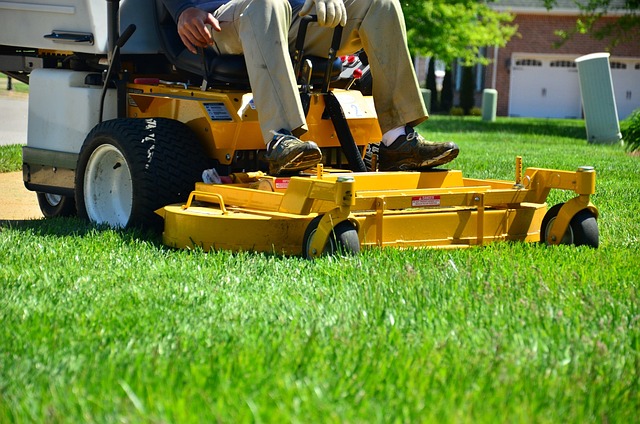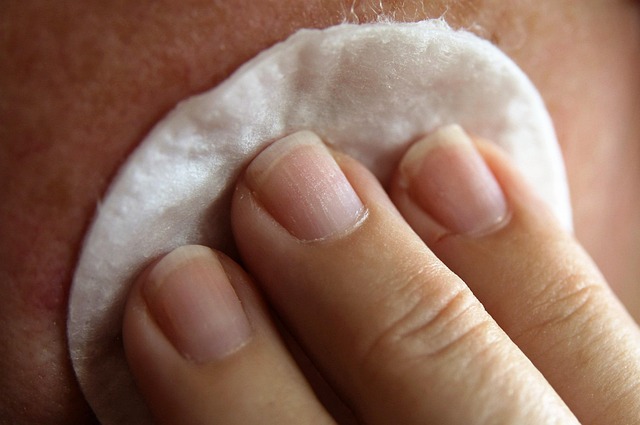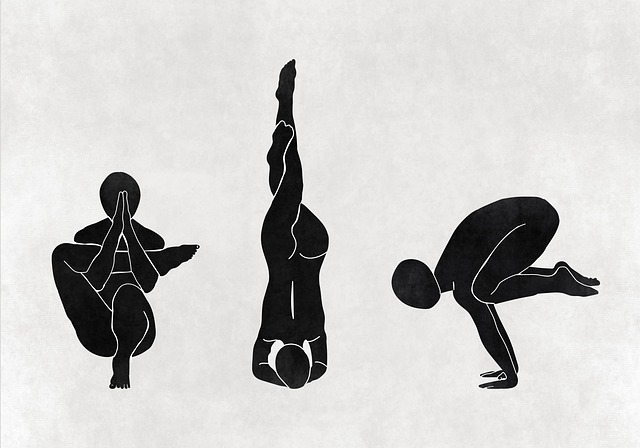Lawn care and landscaping thrive with mulch and edging techniques. Mulch, whether organic or inorganic, conserves moisture, suppresses weeds, and enhances soil structure, while also reducing watering needs in water-scarce regions. Edging defines property boundaries, prevents grass from encroaching on hardscapes, reduces trimming needs, and improves water distribution around flower beds and paths. Integrating these practices transforms lawn health and appearance, promoting sustainable gardening through reduced maintenance and resource consumption.
Transform your lawn into a picture-perfect oasis with the power of mulching and edging. This essential practice, a cornerstone of effective lawn care and landscaping, offers numerous benefits for turf health, from retaining moisture to suppressing weeds naturally. Discover the different types of mulch and techniques for precise edging that will elevate your outdoor space. Integrating these strategies is key to achieving a manicured look while promoting a lush, vibrant lawn.
- Understanding Mulching: Benefits and Types for Lawn Health
- The Art of Edging: Creating Clean Lines and Defining Your Lawn
- Integrating Mulch and Edging for Optimal Lawn Care and Landscaping Practices
Understanding Mulching: Benefits and Types for Lawn Health

Mulching is an essential practice in lawn care and landscaping, offering numerous benefits for your lawn’s health and overall appearance. It involves placing a layer of organic or inorganic material on top of the soil, around and between plants. This simple act provides a range of advantages, including retaining moisture, suppressing weeds, and improving soil structure. By preventing water evaporation, mulch reduces the frequency of watering, making it particularly valuable in regions with water scarcity.
There are various types of mulch available, each with unique properties. Organic mulches, such as wood chips, straw, or compost, enrich the soil over time with nutrients and improve its capacity to hold moisture. In contrast, inorganic mulches like gravel, stones, or plastic sheets serve different purposes. They don’t decompose, ensuring consistent results, and can be ideal for areas where organic materials are not readily available. Both options play a significant role in lawn management, contributing to a lush, vibrant landscape while simplifying maintenance tasks related to lawn care and landscaping.
The Art of Edging: Creating Clean Lines and Defining Your Lawn

The art of edging is a crucial aspect of lawn care and landscaping, allowing you to create clean, defined lines that enhance the overall look of your property. It involves meticulously trimming the grass along sidewalks, driveways, and flower beds, separating the lush green lawn from these adjacent areas. This simple yet impactful practice not only gives your lawn a polished appearance but also prevents weeds from creeping into these spaces.
By investing time in proper edging, you can transform the exterior of your home, creating a neat and tidy landscape. Edging tools like string trimmers, edgers, or even manual whetstones enable you to cut grass along curves and corners with precision. This meticulous process ensures that each element of your lawn—from the perfectly mowed grass to the carefully trimmed edges—is given equal attention, resulting in a harmonious and inviting outdoor space.
Integrating Mulch and Edging for Optimal Lawn Care and Landscaping Practices

Integrating mulch and edging into your lawn care and landscaping routine is a game-changer for achieving a lush, healthy, and well-maintained garden. Mulch acts as a protective layer, preserving soil moisture, suppressing weeds, and gradually enriching the earth with essential nutrients as it decomposes. By applying mulch around plants, trees, and shrubs, you create a favorable environment for root growth and overall plant vitality.
Edging, on the other hand, defines the boundaries between your lawn and paths or flower beds, providing a neat and polished look. It prevents grass from encroaching onto hardscapes and vice versa, reducing the need for constant trimming. Edging also allows for better water distribution along the perimeter of your lawn, enhancing overall lawn care and landscaping practices. Combining these two techniques not only enhances aesthetics but also promotes sustainable gardening by minimizing maintenance efforts and resource consumption.
Mulching and edging are essential practices in lawn care and landscaping, offering multiple benefits such as weed suppression, moisture retention, and enhanced soil health. Integrating these techniques not only improves the aesthetic appeal of your lawn but also contributes to its overall resilience and longevity. By understanding different mulching types and mastering the art of edging, you can achieve a well-defined, vibrant lawn that becomes the envy of your neighborhood.
